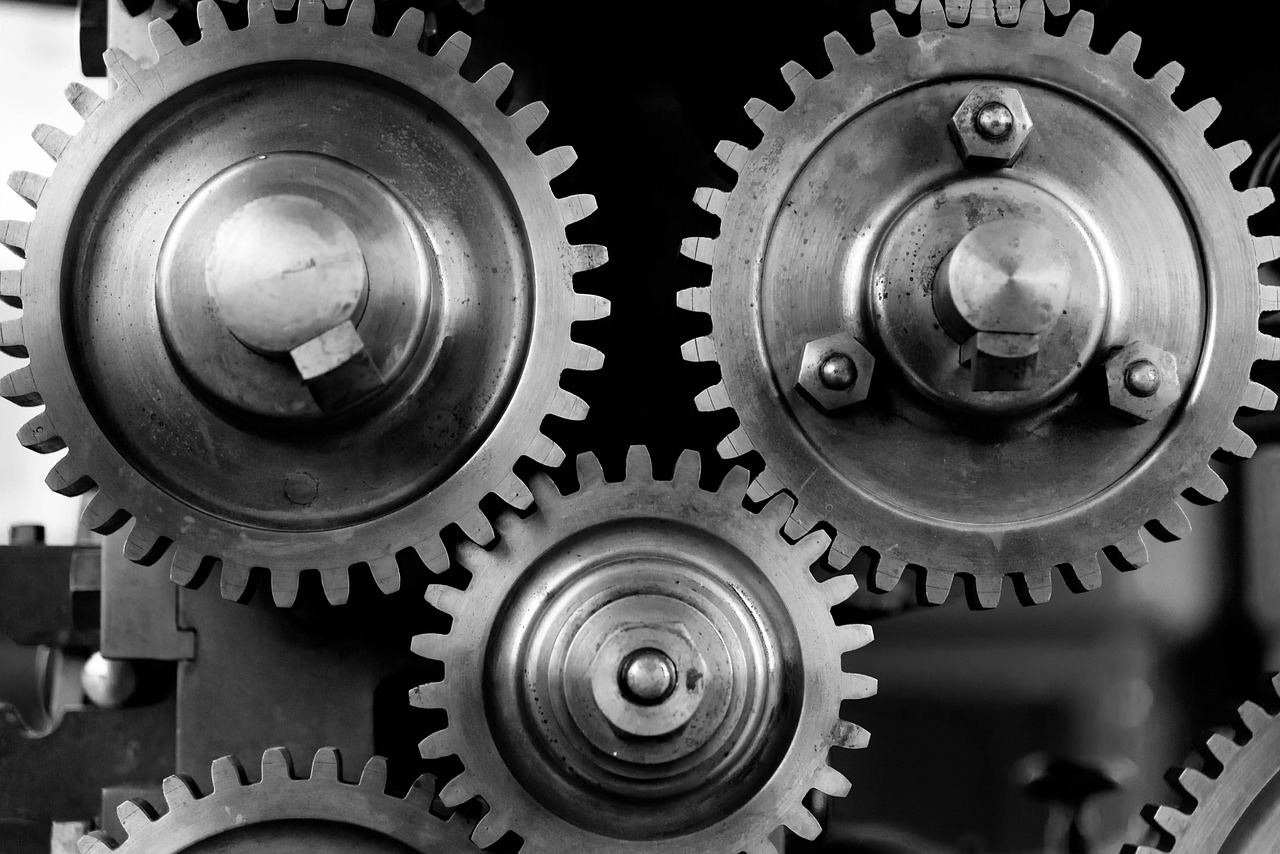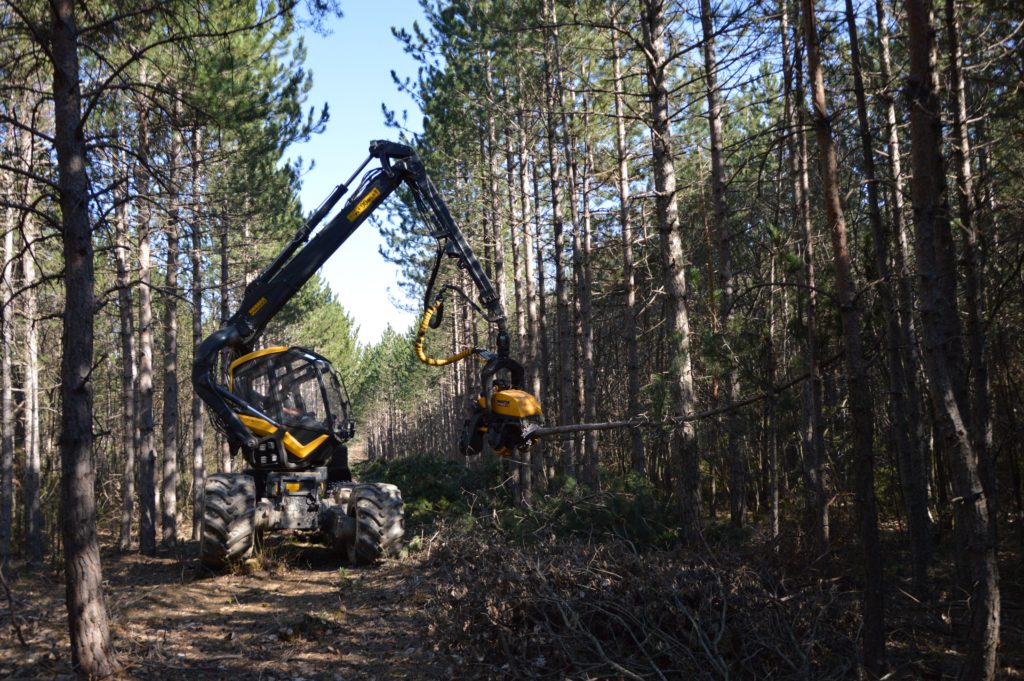Forging is a traditional manufacturing process that has evolved over the years to meet the demands of various industries. Warm forging, a variation of this process, combines elements of both hot and cold forging, offering a unique set of advantages for the production of high-quality, precision warm forged parts. In this post, we will delve into the world of warm forging, exploring its principles, benefits, and diverse applications.
Understanding Warm Forging:
Warm forging is a metal-forming process that takes place at temperatures higher than room temperature but below the recrystallization temperature of the material. Unlike hot forging, which occurs at elevated temperatures, warm forging strikes a balance between the extreme temperatures of hot forging and the ambient temperatures of cold forging.
The typical temperature range for warm forging is between 650°C and 950°C, allowing for improved material deformation without the challenges associated with high-temperature processing.
Common Warm Forged Metals
Various metals can undergo warm forging, each offering unique advantages for specific applications of warm forged parts. Here are some of the most commonly warm forged metals, plus their characteristics and widespread use in the manufacturing industry.
Steel:
Steel is one of the most prevalent metals used in warm forging due to its excellent formability and versatility. Warm forging of steel results in components with enhanced strength, toughness, and resistance to wear. Common applications of warm forged parts include automotive parts, such as connecting rods and gears, as well as industrial components like shafts and valves.
Aluminum:
Aluminum alloys are widely employed in warm forging processes, particularly in the aerospace and automotive industries. Warm forging allows for the production of lightweight yet strong components, making aluminum an ideal choice for applications where weight reduction is crucial. Aerospace components like turbine blades and automotive parts such as wheels benefit from the enhanced properties achieved through warm forging.
Titanium:
Titanium, known for its exceptional strength-to-weight ratio and corrosion resistance, is a preferred metal for warm forging in industries such as aerospace and medical. Warm forged titanium components exhibit improved mechanical properties, making them suitable for critical applications like aircraft components, medical implants, and high-performance sporting equipment.
Copper Alloys:
Copper alloys, including brass and bronze, are often subjected to warm forging processes to achieve complex shapes with enhanced mechanical properties. These alloys find applications in electrical components, plumbing fixtures, and decorative items. Warm forging allows for the precise shaping of copper alloys, ensuring the production of intricate designs.
Nickel Alloys:
Nickel alloys, renowned for their high temperature and corrosion resistance, are commonly warm forged for applications in the aerospace, chemical, and energy industries. Warm forging enhances the mechanical properties of nickel alloys, making them suitable for critical components in jet engines, chemical processing equipment, and power generation systems.
Stainless Steel:
Stainless steel, known for its corrosion resistance and durability, is frequently warm forged for applications in the automotive, industrial, and kitchenware sectors. Warm forging improves the material’s formability, allowing for the production of intricate and durable components, including automotive parts, industrial equipment, and high-quality kitchen utensils.
Advantages of Warm Forging
Enhanced Material Properties:
Warm forging takes advantage of the malleability of metals at elevated temperatures. This allows for better material flow and deformation, resulting in components with improved mechanical properties, such as enhanced strength and toughness of the warm forged machine parts.
Reduced Energy Consumption:
While not as energy-efficient as cold forging, warm forging consumes less energy compared to hot forging. The lower processing temperatures contribute to reduced energy requirements, making it a more environmentally friendly option without sacrificing material integrity.
Complex Geometries:
Warm forging enables the production of intricate and complex shapes that might be challenging to achieve with cold forging alone. The enhanced formability of materials at elevated temperatures allows for the creation of parts with intricate features and tight tolerances.
Minimized Tool Wear:
Compared to hot forging, warm forging experiences less severe thermal cycling. This results in reduced warm forged machine parts wear and longer tool life, contributing to cost savings in the production process.
Common Applications of Warm Forging:
Automotive Industry:
Warm forging finds extensive applications in the automotive sector for manufacturing components like connecting rods, gears, and shafts. The process’s ability to produce forged car parts with superior strength and durability makes it ideal for the automotive industry.
Aerospace Components:
The aerospace industry also benefits from warm forging. This is in the production of critical components, including turbine disks, blades, and other high-strength parts. The improved material properties make warm forged components suitable for withstanding the rigorous conditions of aerospace applications.
Industrial Equipment:
Various industrial equipment, such as gears, couplings, and valves are using the warm forging technology. The process’s versatility in creating complex shapes ensures the reliable performance of these components in diverse industrial settings. Forged machine parts for the likes of press machines. generators etc also come from this process.
Warm Forged Machine Parts Manufacturers
There are many warm forging parts manufacturers in the market today, and China is leading in the numbers. The Chinese warm forging companies have also attracted a lot of investors due to their affordability. This is without compromising the quality of the warm forged machine parts.
In conclusion, the warm forging technology is growing very fast. Therefore, we can expect to see a lot of efficiency in the warm forged parts. For those looking for warm forging machine parts, they should consider China as a good option. There are many reliable and affordable warm forging manufacturers in this market.


